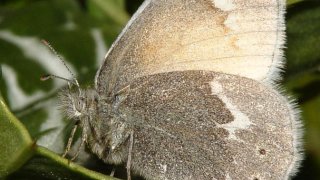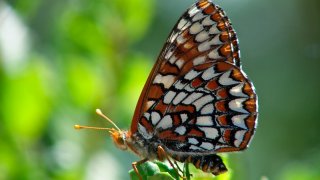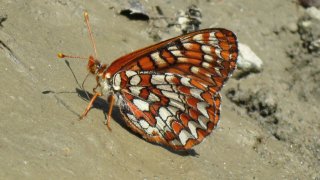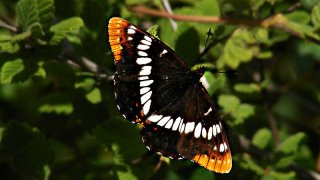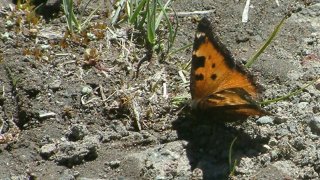With about 6000 species worldwide, the morphological diversity within the brushfoots is immense. There have been decades of debates about how to classify the group and what traits are important and useful. For our purposes, the uniting characteristic of the brushfoots is the reduction of the front pair of legs into small, brush-like appendages that serve no real function, rather like the human appendix or tailbone. As a result, while they still have 3 pairs of legs (an insect characteristic), only two of those leg pairs are actually functional. Brushfoots are some of our largest and recognizable butterflies, including the monarch (Danaus plexippus), painted lady (Vanessa cardui), California tortoiseshell (Nymphalis californica), and mourning cloak (Nymphalis antiopa).
Art Shapiro's Butterfly Site
Monitoring butterfly populations across central California for more than 45 years…

